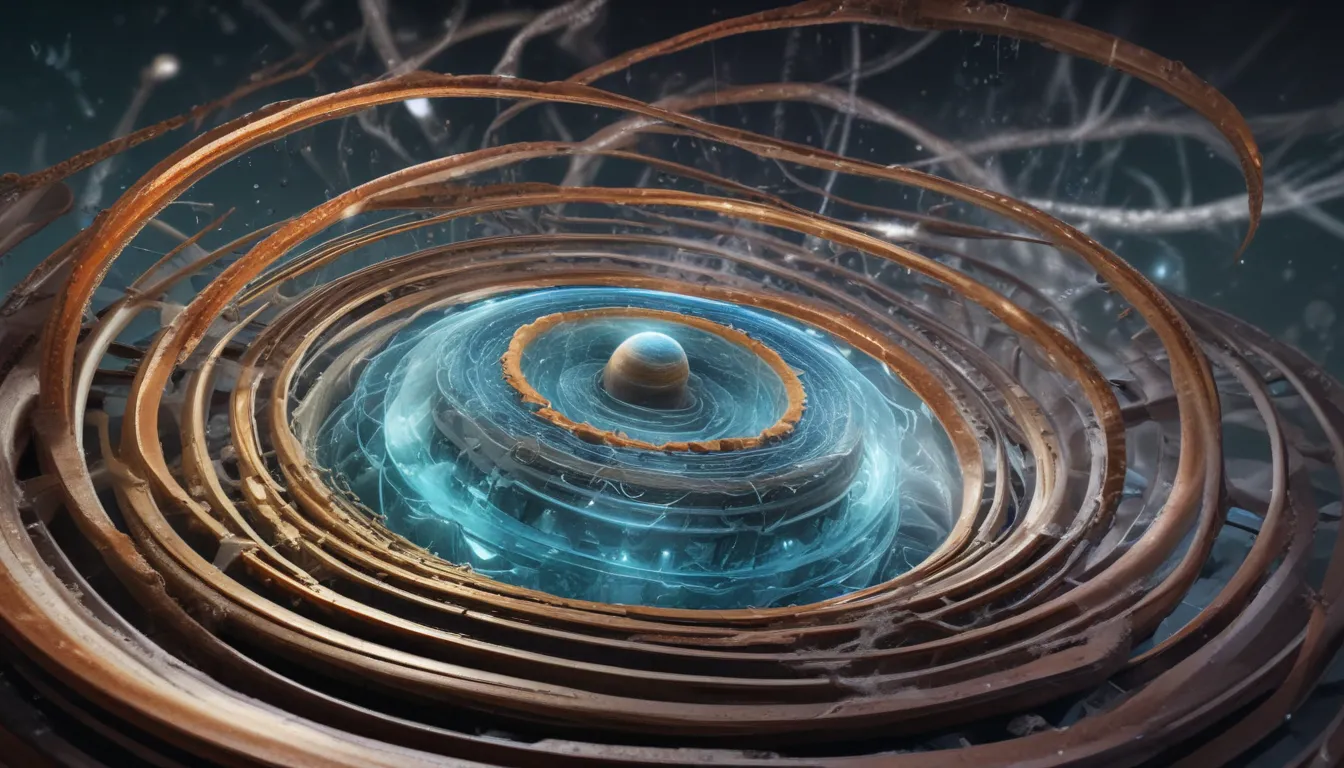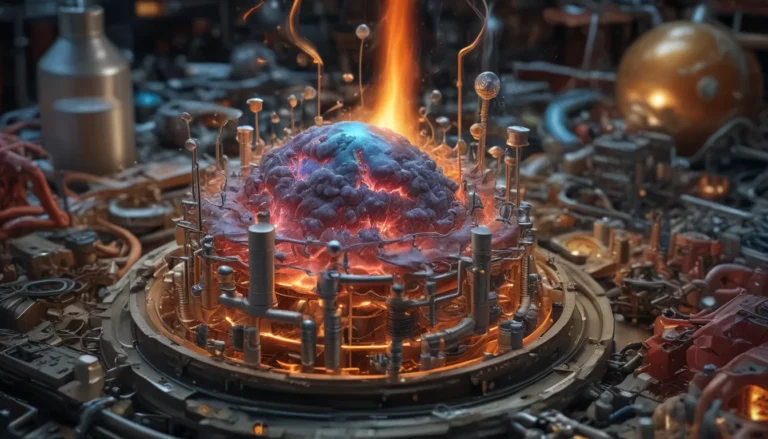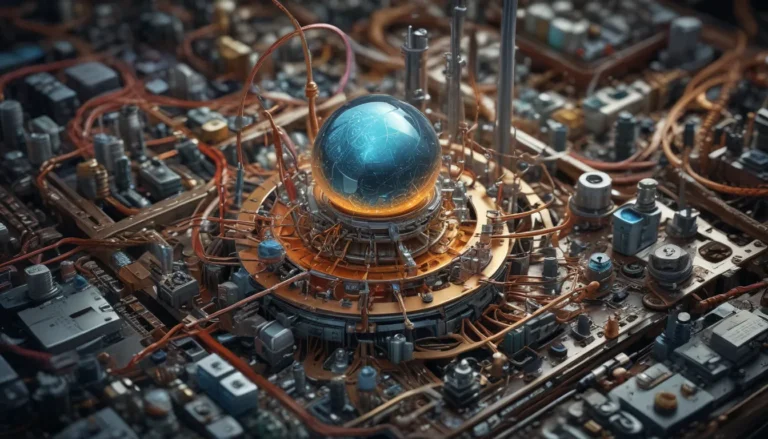A Note About Images: The images used in our articles are for illustration purposes only and may not exactly match the content. They are meant to engage readers, but the text should be relied upon for accurate information.
The Meissner effect, a captivating phenomenon in the realm of superconductors, has intrigued scientists since its discovery in 1933 by German physicists Walther Meissner and Robert Ochsenfeld. This effect, which occurs when superconductors expel magnetic fields upon cooling below a critical temperature, has paved the way for groundbreaking discoveries in the field of physics. Let’s embark on a journey to unravel the enigmatic Meissner Effect and explore its implications in the fascinating world of superconductivity.
The Marvels of the Meissner Effect
At the core of superconductivity lies the Meissner Effect, a mesmerizing phenomenon that enables materials to conduct electric current with zero resistance under specific conditions. When a superconductor reaches its critical temperature, it undergoes a remarkable transformation, expelling magnetic fields from its interior. This expulsion results in perfect diamagnetism, where the superconductor repels magnetic fields with such force that they are completely expelled from the material.
Delving into History: Fritz Meissner and the Meissner Effect
The Meissner Effect is appropriately named after Fritz Meissner, the German physicist who first documented this intriguing phenomenon in 1933. His pioneering work laid the foundation for understanding the behavior of superconductors and their unique properties when subjected to extreme conditions.
Exploring Quantum Marvels: Quantum Locking
A fascinating consequence of the Meissner Effect is quantum locking, where a superconductor can trap magnetic field lines in fixed positions. This captivating phenomenon allows superconductors to defy gravity and remain levitated, showcasing the intricate interplay between quantum mechanics and the physical world.
Practical Applications: From MRI to High-Speed Trains
The Meissner Effect has found widespread applications in various technologies, most notably in Magnetic Resonance Imaging (MRI). Superconducting magnets, leveraging the Meissner Effect, play a crucial role in producing the strong magnetic fields necessary for high-resolution medical imaging. Additionally, the potential applications of the Meissner Effect extend to advanced technologies like high-speed maglev trains, efficient energy storage systems, and enhanced magnetic resonance imaging techniques.
Understanding Superconductors: Types and Parameters
Superconductors can be classified into two types based on their response to the Meissner Effect: Type I and Type II. While Type I superconductors exhibit a complete expulsion of magnetic fields, Type II superconductors display partial expulsion. The behavior of superconductors under the Meissner Effect is influenced by fundamental parameters such as coherence length and penetration depth, which determine the extent of superconducting properties and the depth at which magnetic fields can penetrate the material.
Answering FAQs: Unveiling the Mysteries
As we unravel the depths of the Meissner Effect and its implications, let’s address some frequently asked questions that shed light on this captivating phenomenon:
-
What is the Meissner effect?
The Meissner effect refers to the complete expulsion of magnetic fields from the interior of a superconductor when cooled below its critical temperature. -
How does the Meissner effect cause levitation?
The Meissner effect creates a repulsive force with an external magnetic field, leading to the levitation of the superconductor in its presence. -
Why is the Meissner effect important?
The Meissner effect enables the creation of stable magnetic fields without external power sources, with applications in magnetic levitation, energy transmission, and magnetic imaging. -
Can all materials exhibit the Meissner effect?
The Meissner effect is typically observed in superconducting materials under specific conditions, showcasing unique properties at low temperatures. -
How does the Meissner effect enable efficient energy transmission?
In applications such as superconducting power cables, the Meissner effect allows for nearly lossless electrical energy transmission, revolutionizing energy distribution systems. -
Are there any challenges associated with the Meissner effect?
Achieving superconductivity at practical temperatures poses a significant challenge, with ongoing research focused on discovering higher-temperature superconductors for more accessible applications. -
Can the Meissner effect be observed in everyday life?
While the Meissner effect itself may not be directly observable, its applications, such as superconducting magnets in MRI machines, have become integral to modern healthcare. -
Is the Meissner effect reversible?
Yes, the Meissner effect is reversible, with the superconductor returning to its normal state and allowing the penetration of magnetic fields once the external magnetic field is removed. -
Can the Meissner effect be explained by classical physics?
No, the Meissner effect requires an understanding of quantum mechanics to fully explain the behavior of superconductors, surpassing the limitations of classical physics. -
What are the potential future applications of the Meissner effect?
Future applications of the Meissner effect encompass a wide range of technologies, including high-speed maglev trains, efficient energy storage systems, and enhanced magnetic resonance imaging techniques, pointing towards exciting developments in the field of superconductivity.
Embracing the Marvels of the Meissner Effect
As we journey through the intricate world of superconductivity and the captivating Meissner Effect, we come to appreciate the wonders of physics and the limitless possibilities it holds. From quantum locking to magnetic levitation, the Meissner Effect continues to inspire researchers and scientists as they unlock its full potential and pave the way for future innovations. Let us embrace the enigmatic nature of the Meissner Effect and delve deeper into the mysteries that await in the realm of superconductivity. Join us on this extraordinary exploration as we unravel the marvels of the Meissner Effect and witness the magic of physics in action.






